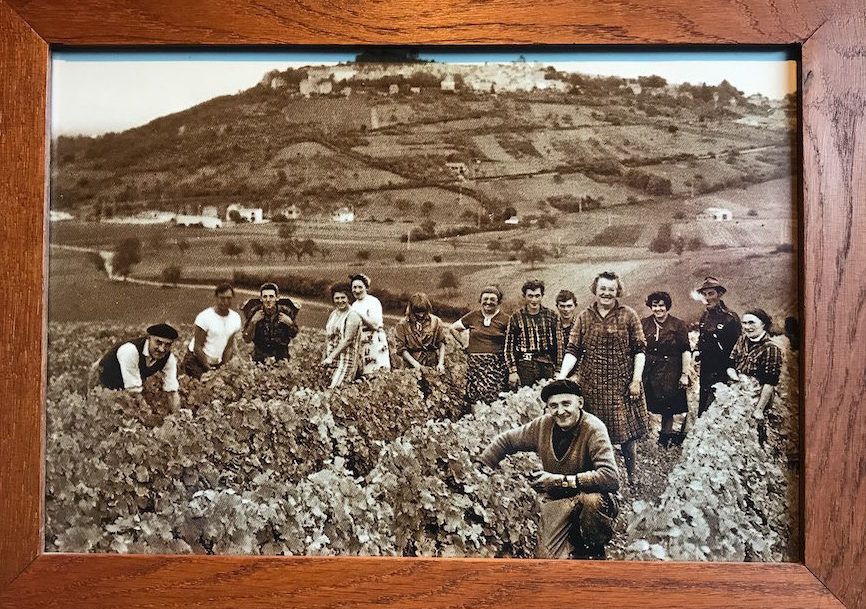Aside from the reality of French politics one of the key reasons that Central-Loire has a different identity to the rest of the Loire Valley is that a proportion of winemakers there see themselves as more affiliated to Burgundy than the Loire.
Of all the wine regions in France the Loire Valley is probably the most diverse, disparate, hardest to define and generalise about. The Muscadet produced in Pays Nantais, for example, seems to have very little to do with the Gamay in Chateaumeillant over 400 kilometres away,
The Loire is the largest river in France and dissects the country from its source near St-Etienne, not so far from the Mediterranean all the way up towards Paris before heading West at Orleans to Nantes on the West Atlantic coast, over 1000 kilometres away.
Although technically some of the wine produced down in the Ardèche could be considered Loire Valley wines, the five main wine-producing regions of the Loire actually start from Bourges right in the geographical heart of France through to the Atlantic.
Running West to East the five regions are:
Pays Nantais
The main grape varieties are: Melon de Bourgogne (Muscadet)
Anjou
The main grape varieties are: Chenin Blanc (sweet and dry), Cabernet Franc (red and rosé)
Saumur
The main grape varieties are: Chenin Blanc (sparkling and still), Cabernet Franc
Touraine
The main grape varieties are: Chenin Blanc, Cabernet Franc, Sauvignon Blanc, Gamay, Malbec
Central-Loire
The main grape varieties are: Sauvignon Blanc, Pinot Noir (also Gamay, Pinot Gris and Chasselas)

How Central-Loire is regarded as being different from the rest of the Loire
Of these five Loire Valley regions, Central-Loire is the most disjointed with outlying regions seemingly disconnected from one another and one only being made a Central-Loire appellation as recently as 2010.
Not only are most of the seven appellations that make up Central-Loire disconnected from one another but Central-Loire as a region sees itself as completely separate from the rest of the Loire. They also have different ruling bodies; Central-Loire is governed by the wine body the Bureau Interprofessionnel des Vins du Centre (BIVC) while the other four regions are governed by Interloire.
It’s quite a bizarre situation.
Every year at Val de Loire Millésime when the Loire, like every other major wine region, celebrates its winemaking and invites the world’s press to the region, it is the four Interloire wine regions that are represented with no Central-Loire wines present. In fact Central-Loire isn’t even mentioned or included on maps of the Loire. At Rebecca Gibb’s presentation at the London Wine Fair, about the reds of the Loire, the Pinot of Central-Loire wasn’t even alluded to and the map again had Central-Loire’s appellations missing from the map.
Ask different people why this is the case and you get different answers – “the wines of Sancerre have nothing to do with the bulk wines of Touraine” and so on. Aside from the reality of French politics one of the key reasons is that a proportion of winemakers in Central-Loire see themselves as more affiliated to Burgundy than the Loire.
There are a number of reasons for this: the first is that the bulk of Central-Loire has the same geological makeup as Chablis – it is part of the same bedrock. The second reason is that all of Pouilly-Fumé and two IGPs of Coteaux du Giennois are actually in the political/administrative region of Bourgogne Franche-Comté so they can actually count themselves as part of Burgundy – administratively at least. And finally, there is a bit of snobbishness – rightly or wrongly Burgundy commands higher prices on the whole and gets higher scores.
Central-Loire vineyards comprise 5-10% of the total output of The Loire and 2% of the whole of France, with 50% of its wines exported, mainly the wines of Sancerre and Pouilly-Fumé.
While the USA and a large part of Europe (particularly Belgium and the Netherlands) imports wine from all over Central-Loire, most of us Brits only really know Sancerre, Pouilly-Fumé and Menetou-Salon. But, given that 2018 was a cracking harvest for the region, following three years where crops were compromised by frost and hail, now is as good a time as any as discovering all seven of the appellations, many of which offer outstanding value for money and quality to match.
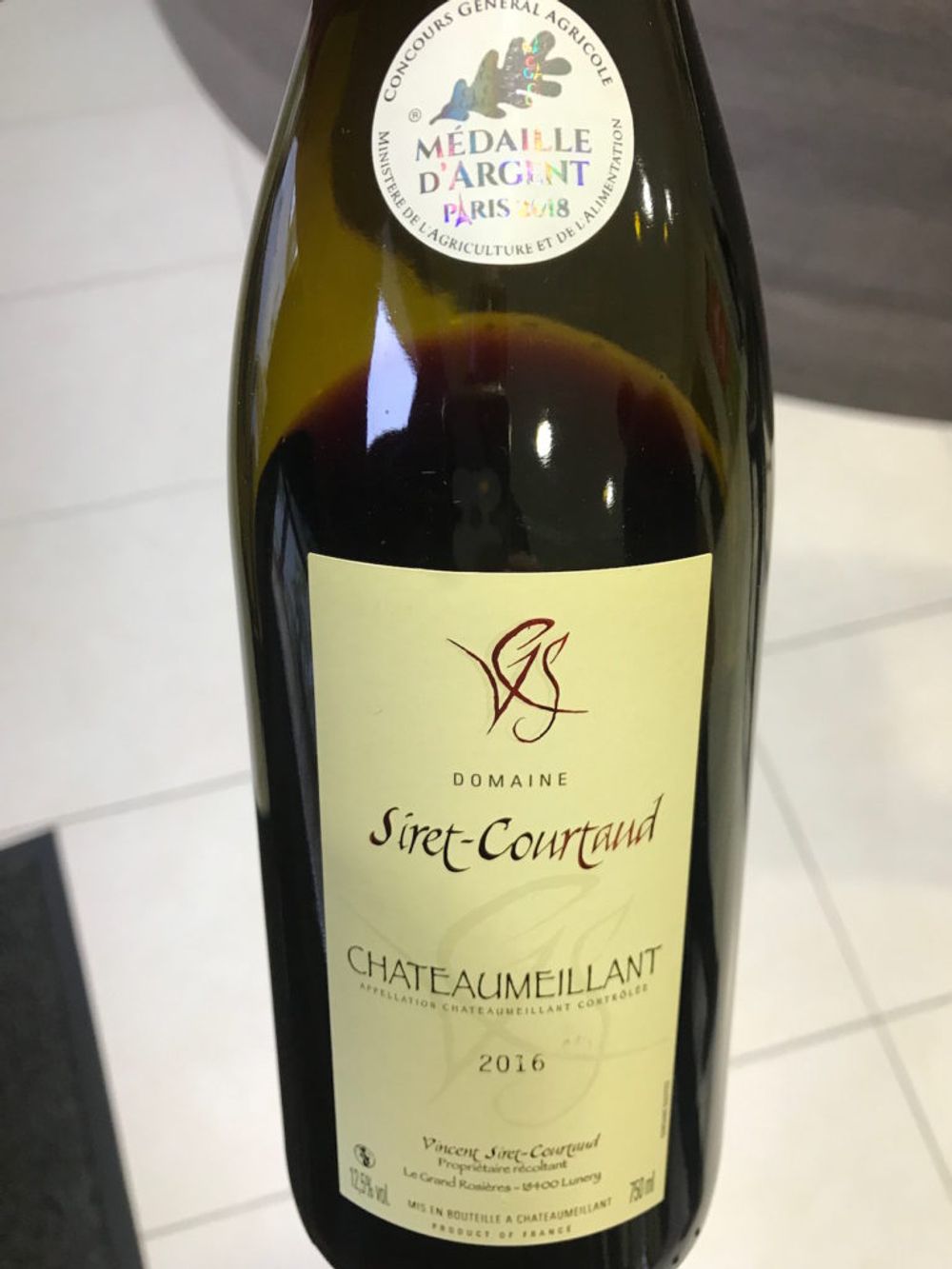
Red blends in Chateaumeillant have to have a minimum of 65% Gamay. This 70/30% blend with Pinot Noir is from Domaine Vincent Siret-Courtaud – hand harvested, highly textured, red fruit with spices.
CHATEAUMEILLANT
82 hectares
Gamay, Pinot Noir
23 growers
2% export
The most recent of the seven appellations to receive its AOC status in 2010, Chateaumeillant is miles away from the rest of Central-Loire, much further South. Sandy soils and clay-sandy siliceous soils, and the latitude makes this region famous for vin gris or rosé, and reds made from Gamay and Pinot Noir. Gamay was the most planted grape from 1830.
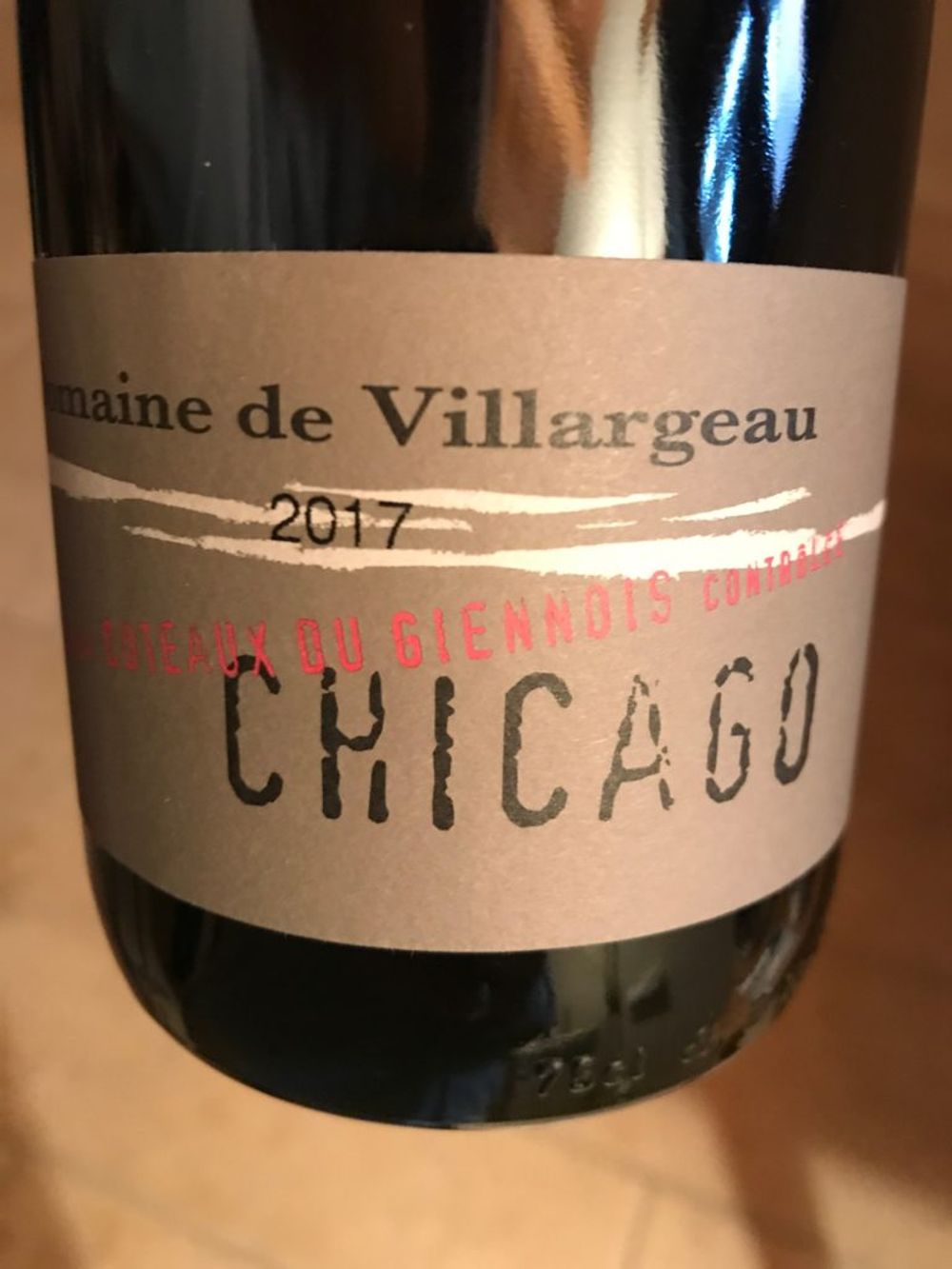
This is a friendly, light, hand harvested, whole bunch and plunge cap 90% Gamay/ 10% Pinot Noir blend. Excellent, unpretentious winemaking at €5 ex-cellar which is typical of the value for money to be found in Coteaux du Giennois. The name comes from the boxes of vines that were sent to the region after phyloxera and had the simple stamp Chicago on them.
COTEAUX DU GIENNOIS
202 hectares
North-east of Sancerre on the Eastern banks of the Loire
Sauvignon Blanc, Pinot Noir, Pinot Gris
37 growers
22% exported
There is evidence of vines dating back to the second century, although it wasn’t until the building of the region’s many abbeys that winemaking really took off here. This is a region in the rain shadow of the hills around Sancerre, with a variety of soils and aspects, although the raised river terraces are mainly composed of limestone and flinty soils, that give rise to light-bodied, fruity and crisp, dry white wines and dry rosés. This was the second most recent Central appellation to be given AOC status that it got in 1998.
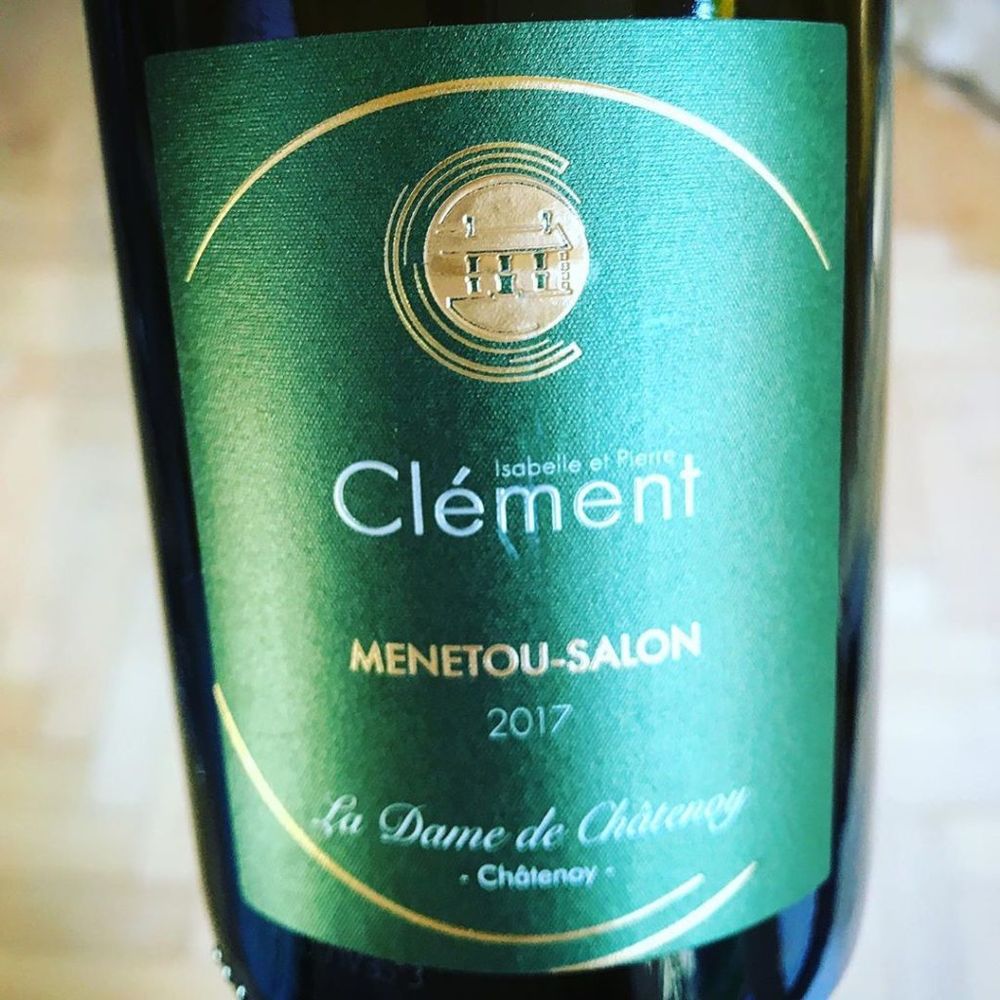
Le Dame de Châtenay is a good example of complex, first class Sauvignon Blanc from Menetou-Salon. “We don’t do the New Zealand fruity style of Sauvignon – if we do that we are dead tomorrow,” says Anne Clémant, winemaker of Domaine Isabelle et Pierre Clément.
MENETOU-SALON
586 hectares
Southwest of Sancerre
Sauvignon Blanc, Pinot Noir
86 growers
12% exported
With its main soil type being sedimentary limestone soil, this is the third most recent Central appellation to be awarded AOC status (in 1959). Winemaking has boomed in this region since the 1970s where it is now regarded as a smart buy, especially as the wines of Sancerre and Pouilly-Fumé have risen in price; one of the few regions outside of those two where wines are exported to the UK.
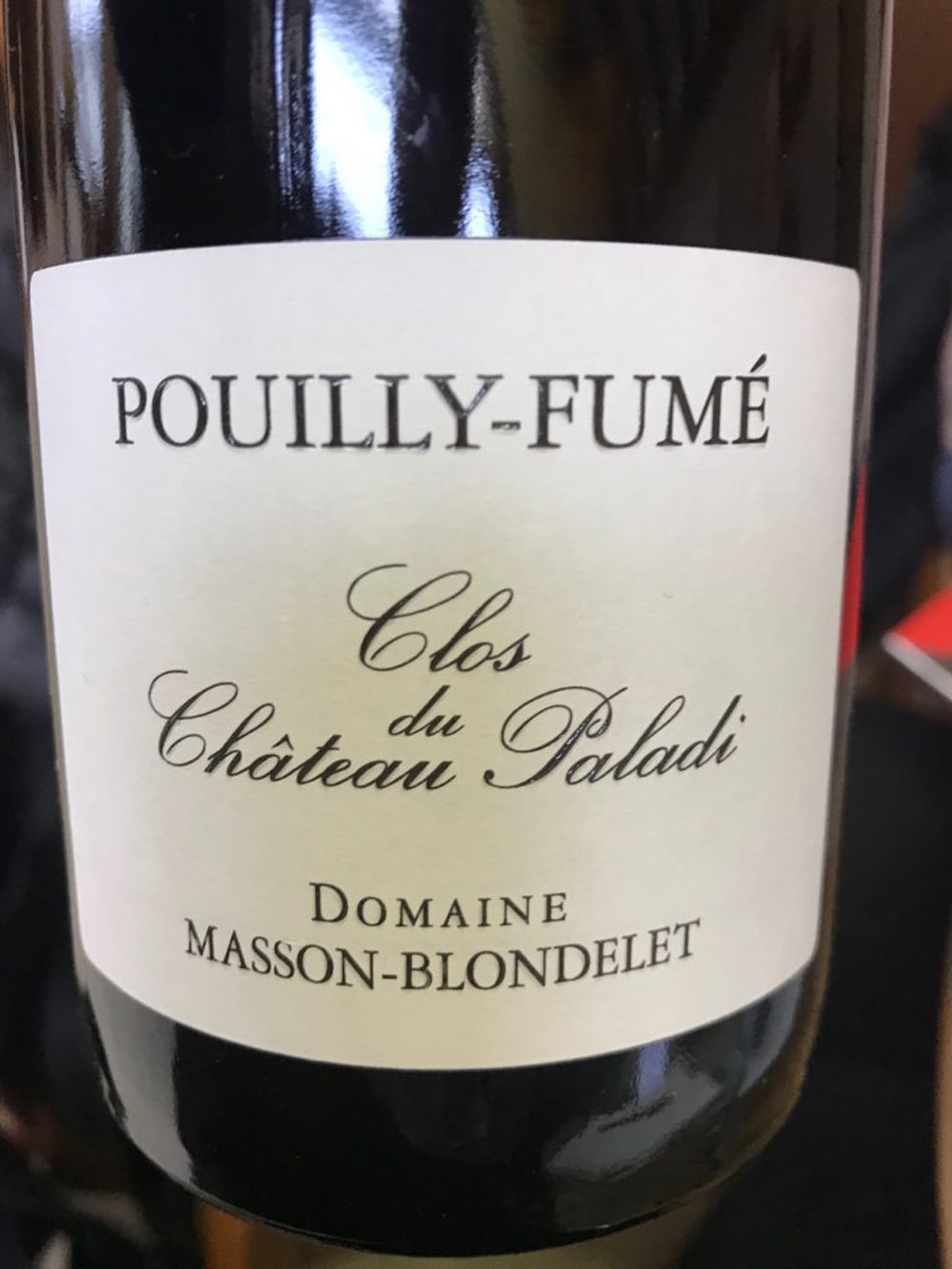
Clos du Château Paladi is top end Pouilly-Fumé from 45 year old vines, grown in a clos using organic farming. The nose is characteristically smoky from the silex soil, the wine is fresh, has great balance and a smash of yuzu lime on the finish.
POUILLY-FUME & POUILLY-SUR-LOIRE
1,366 hectares
Eastern bank of the Loire
Sauvignon Blanc, Chasselas
165 growers
47% exported
An exclusively white wine region with Pouilly-Fumé using only Sauvignon Blanc and Pouilly-sur-Loire using only Chasselas with both receiving AOC certification in 1937. There are four main soil types: Kimmeridgien marl with old sea deposits, Cretaceous clay-with-flint, Villiers limestone from the Oxfordien geological period and Barrois limestone from the Portandien period. The wines are generally characterised by a smoky, gun-flint quality. From the 17thCentury wines found their way to Paris through the Briare Channel and latterly by train from the mid-Nineteenth Century.
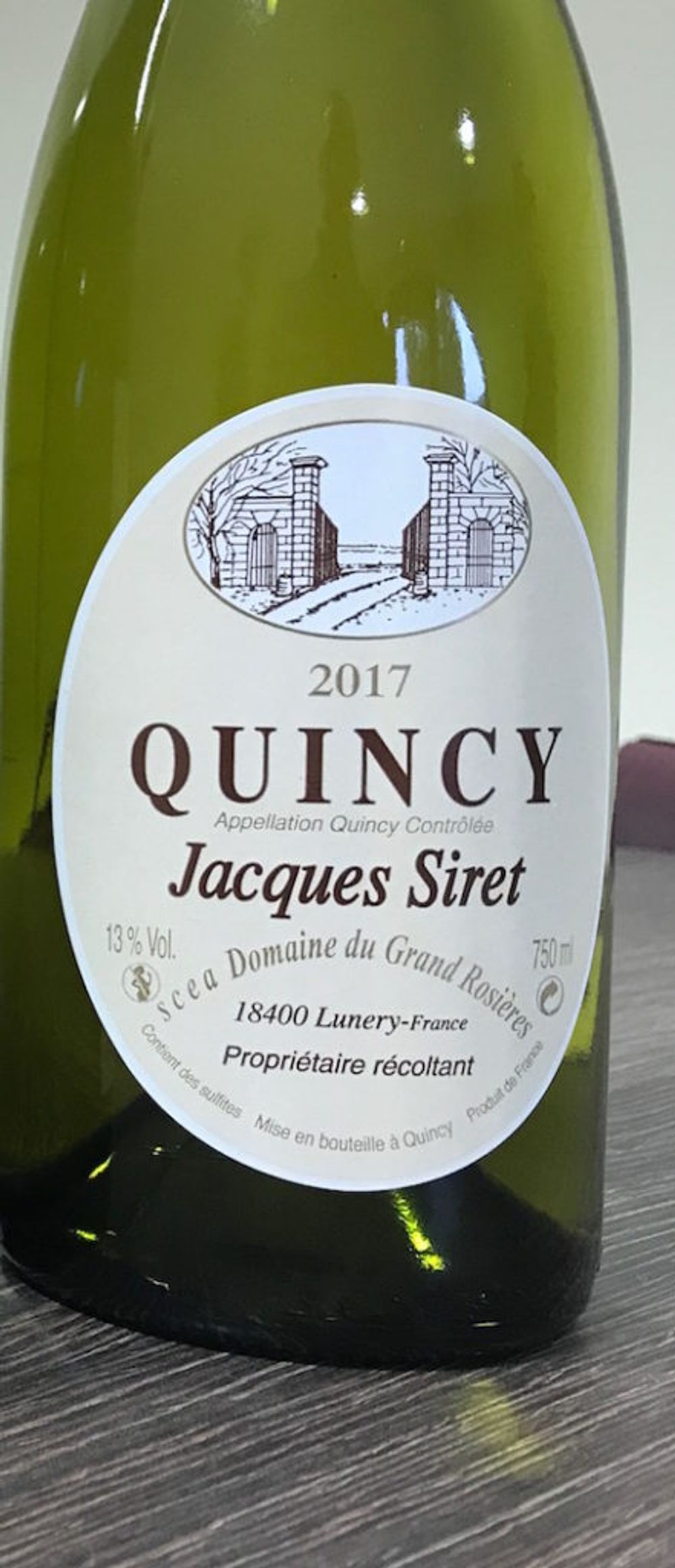
40% of Siret’s output goes to the on-trade and this is a good example of the value to be found in Quincy – bone-dry Sauvignon Blanc, floral nose, ripe fruit on the palate with a slight mineral spritz. Wines from this domaine are €4-5 ex-cellar.
QUINCY
308 hectares
North-west of Bourges on the banks of the river Cher
Sauvignon Blanc 100%
37 growers
10% export
Although not as well know in the UK as Sancerre and Pouilly-Fumé, Quincy was the first appellation created in the Loire Valley (1936) and the second in the whole of France; earliest records of it as a wine region date back to the early 12thcentury. Along with Pouilly-Fumé this is the only region in Central Loire that is 100% grown with Sauvignon Blanc. Quincy’s soil is sand and gravel on a rolling river terrace that reflects the sun and creates Sauvignon Blanc that is fruit-driven. Land here costs €15,000 per hectare unplanted, €70,000 planted (compared to €150,000 hectare in Sancerre).
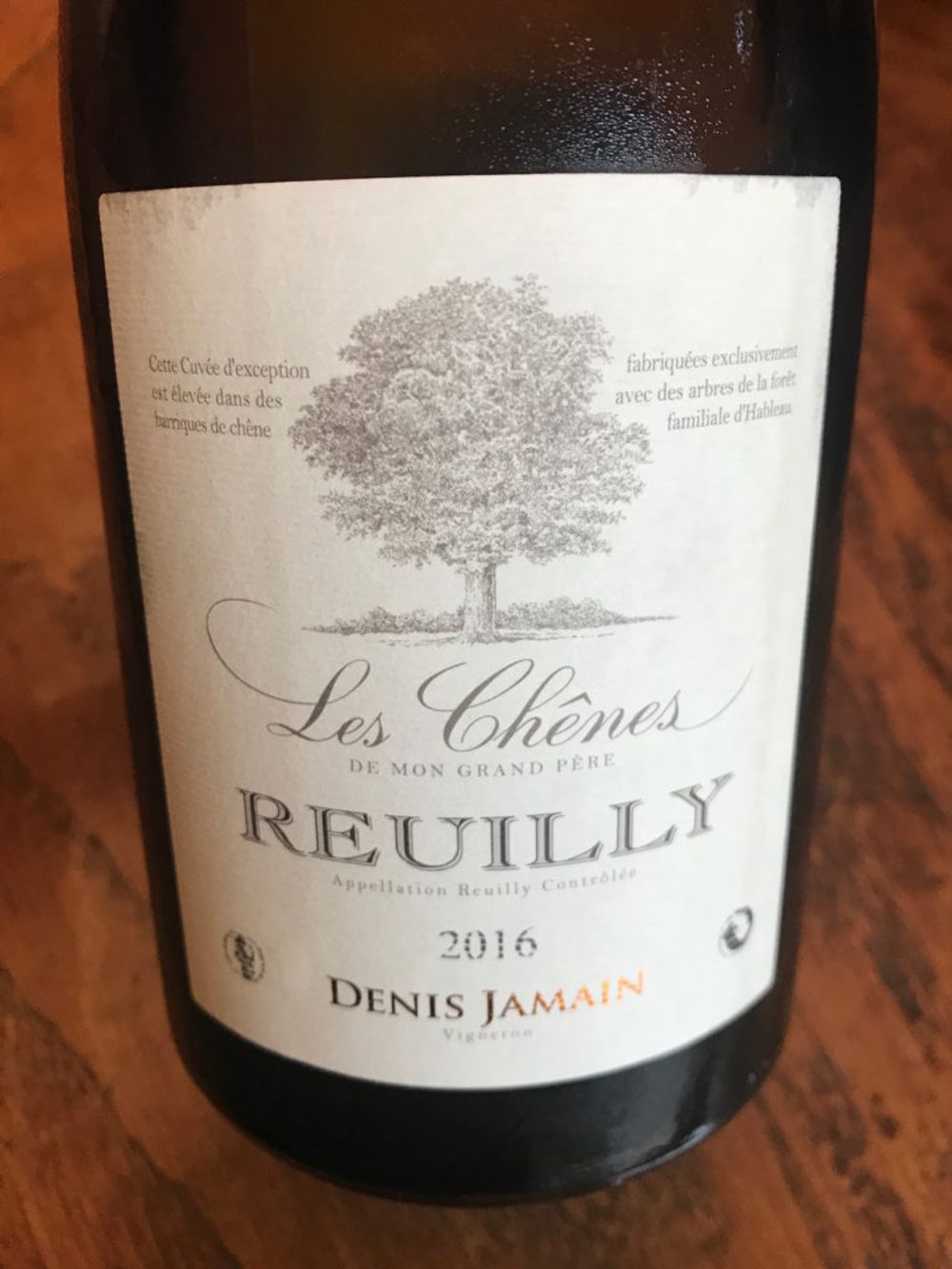
Where some winemakers have used oak with Sauvignon Blanc and then ceased making these cuvées through lack of demand, Denis Jamain in Domaine de Reuilly has continued to find a market for oaked Sauvignon and Pinot Noir. Barrels are made from the family forest and these top-of-the-range wines are priced ex-cellar at €8 a bottle.
REUILLY
274 hectares
South-East of Bourges, stretches from the river Arnon to the river Cher, in the heart of Berry
Sauvignon Blanc, Pinot Noir, Pinot Gris
43 growers
15% exported
Reuilly is a region that has had an illustrious history of winemaking but, since being devastated by phylloxera, has struggled with land lost to mainly cereal crops. Since the 1980s it is starting to regain its reputation. Reuilly has a variety of soils and slopes from relatively steep chalky-marl slopes to high sand and gravel terraces, creating a variety of wines – dry, crisp Sauvignon Blanc, fruity Pinot Noir and dry rosé.
For a more in-depth look at Denis Jamain and Domaine de Reuilly click here.
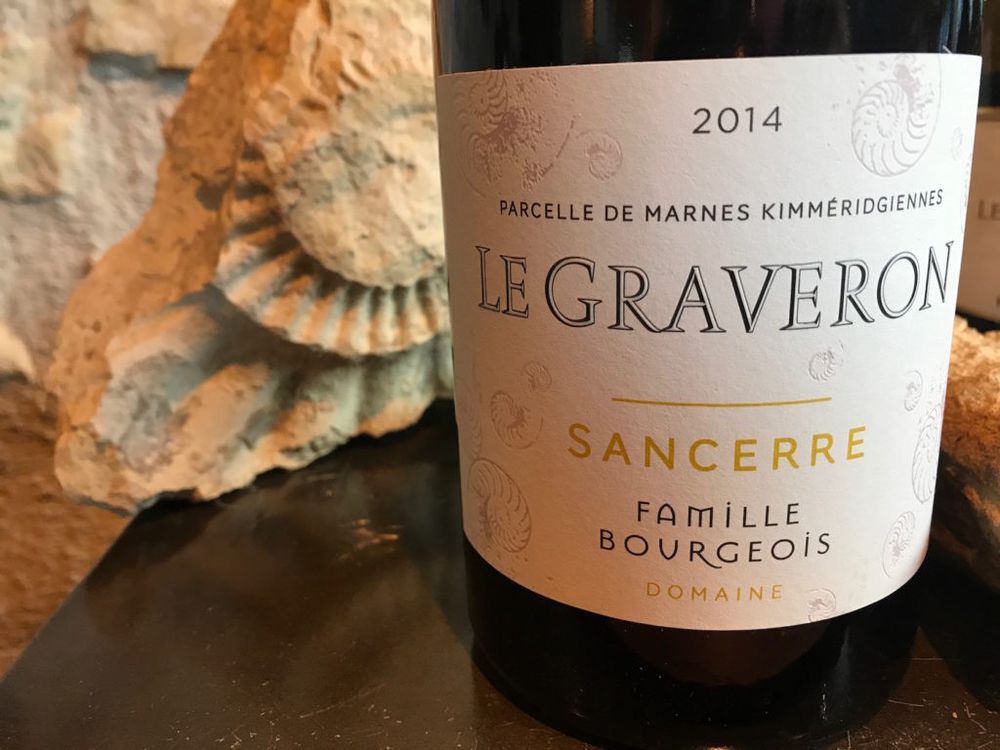
There are 350 domaines in Sancerre with a diverse range of approaches to making white Sancerre. Great whites from Sancerre traditionally have a chalkiness, with citrus and lemongrass notes but recent trends have been towards more textural styles like this cuvée which is one of four new single vineyard wines from Famille Bourgeois. The fruit comes from Cote de Mont Damnés and it is vinified for 14 months in a Burgundian style using a blend of French and Austrian oak, five months in steel and 1 year in the bottle.
SANCERRE
3,003 hectares
Western banks of the Loire
Sauvignon Blanc, Pinot Noir
330 growers
62% exported
Sancerre is renowned for making some of the world’s best expressions of Sauvignon Blanc but it gained its reputation as a winemaking region for its Pinot Noir. Although earliest records date back to 582 it wasn’t until the 12thCentury that winemaking took off in earnest when it enjoyed a fine reputation – that is until phylloxera decimated the region with Sauvignon Blanc planted in its wake. Sancerre’s whites received AOC status in 1936 but it wasn’t until 23 years later that its reds and rosés became AOC classified. There are three types of soil here: clay and limestone (terres blanches), pebbly soils (Caillottes) and clay-siliceous soils.
Central-Loire finally got the harvest it needed in 2018 after a series of low-yielding vintages. For an on-the-spot account of the key issues facing the region click here.
